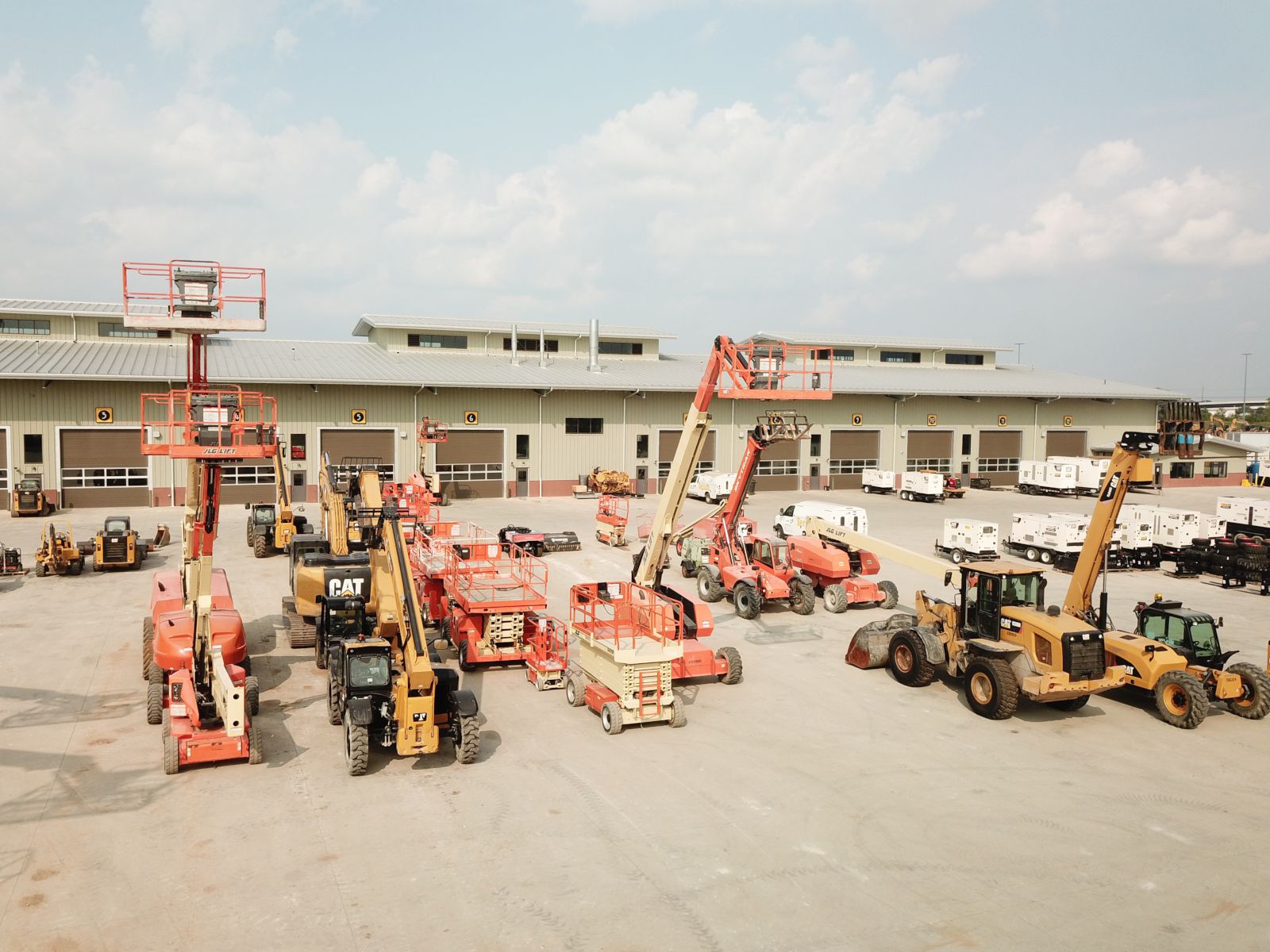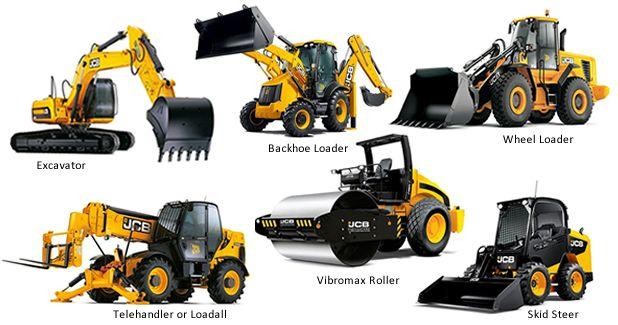Mini Excavator Rental: Compact Machines for Tight Spaces
Mini Excavator Rental: Compact Machines for Tight Spaces
Blog Article
Optimize Your Budget Plan by Understanding the Expenses Connected With Building Devices Rentals
Comprehending the full range of expenses connected with building and construction tools services is critical for maximizing your budget. What approaches can be employed to effectively manage these expenses and make sure an extra effective rental experience?
Summary of Rental Costs
When taking into consideration building and construction tools leasings, recognizing the associated costs is extremely important for effective budgeting and project planning. Rental prices can differ significantly based upon several aspects, including equipment kind, duration of leasing, and area. The initial rental cost frequently mirrors the equipment's market demand and its linked operational abilities, affecting the total expense.
In enhancement to the base rental price, ancillary expenses might arise, such as transportation costs, gas surcharges, and upkeep charges. It is vital to represent these added costs to accurately evaluate the complete expense of renting out equipment. The rental duration can affect rates; longer services might certify for discounted rates, while short-term rentals might incur higher daily charges.

Break Down of Rental Prices
An extensive understanding of rental prices is crucial for contractors and project managers aiming to maximize their budget plans. Rental rates for building and construction devices generally contain numerous parts, consisting of base prices, time-based charges, and usage charges.
Base rates are the core fees associated with the leasing of the devices, frequently established by the type and size of the machinery. These prices can differ significantly, influenced by factors such as tools need, availability, and regional market fads. Time-based fees, which may be daily, weekly, or monthly, serve to accommodate different task timelines and rental periods.
Furthermore, rental prices might consist of use charges, which are applicable when tools is used beyond a defined limit, guaranteeing that the rental business can represent wear and tear. Seasonal demand fluctuations can also affect rental rates, with peak building periods usually regulating greater rates.
Moreover, comprehending the rental business's policies regarding upkeep and insurance policy can give further insight into the overall cost structure. By examining these components, specialists can make educated choices, making sure the option of rental devices aligns with both task demands and budget plan restrictions.
Additional Charges to Consider
Comprehending the ins and outs of added fees is critical for service providers to handle their general leasing expenditures effectively. Beyond the conventional rental rates, different extra charges can significantly influence the complete price of devices service. These charges typically consist of delivery and pickup fees, which can vary based on range and logistics associated with transferring the devices to and from the work site.
Moreover, some rental firms might impose fuel additional charges if the equipment is returned with less gas than when rented. It is likewise essential to know possible cleaning costs, specifically for specialized devices that calls for detailed upkeep after use.

Extensively evaluating the rental contract and clearing up these additional charges ahead of time can help service providers avoid unexpected expenses and make sure that budget plans remain undamaged throughout the task lifecycle.
Upkeep and Fixing Costs
Regular maintenance and repair work expenditures are typically ignored factors that can considerably influence the overall price of building devices leasings. When renting devices, it is crucial to take into consideration not only straight from the source the rental fees however also the potential costs related to maintaining the machinery in ideal operating condition.
Several rental business consist of basic upkeep as part of the rental contract; nonetheless, a lot more considerable repair work or unanticipated failures can lead to additional expenses. It's necessary to examine the rental contract thoroughly to recognize what maintenance services are covered and what duties fall on the renter.
Additionally, equipment that is not properly maintained can cause inefficiencies at work website, possibly causing delays and increasing task costs. To minimize these risks, it is advisable to perform regular evaluations and maintain open communication with the rental copyright pertaining to any kind of issues that develop throughout use.
Insurance and Obligation Expenses
Insurance and liability prices are vital components that can considerably influence the overall cost of building and construction tools services (boom lift rental). These prices ensure that both the rental business and the customer are protected from possible financial losses developing from mishaps, damages, or theft during the rental duration

Additionally, customers should be conscious of any kind of deductibles or exclusions in the insurance coverage, as these can impact potential out-of-pocket expenses. Recognizing the terms of any kind of insurance coverage is vital to avoid unforeseen costs. Inevitably, budgeting for insurance policy and obligation costs can aid guarantee a smoother rental experience and secure versus monetary dangers connected with building and construction projects.
Conclusion
To conclude, a comprehensive understanding of the costs related to building and construction equipment leasings is essential for effective spending plan management. By analyzing rental rates, extra charges, upkeep expenses, and Look At This insurance policy individuals, organizations and needs can decrease unforeseen expenses. This critical approach not only boosts cost-effectiveness however also guarantees that jobs advance efficiently and effectively. Inevitably, informed decision-making pertaining to devices rentals adds to the total success of building undertakings.
Rental prices can differ considerably based on a number of aspects, consisting of equipment type, period of leasing, and area (boom lift rental). The rental period can influence rates; longer rentals may certify for affordable rates, while short-term rentals could sustain higher daily charges
By carrying out extensive research and engaging with reputable rental business, service providers can effectively navigate the intricacies of rental pricing, ultimately optimizing their monetary resources.
Past the standard rental prices, numerous extra costs can considerably impact the recommended you read complete price of equipment service. Rental companies typically offer responsibility insurance that covers injuries to third parties or damages to property, while equipment damage insurance coverage can cover the expense of fixings or substitute if the leased devices is damaged.
Report this page